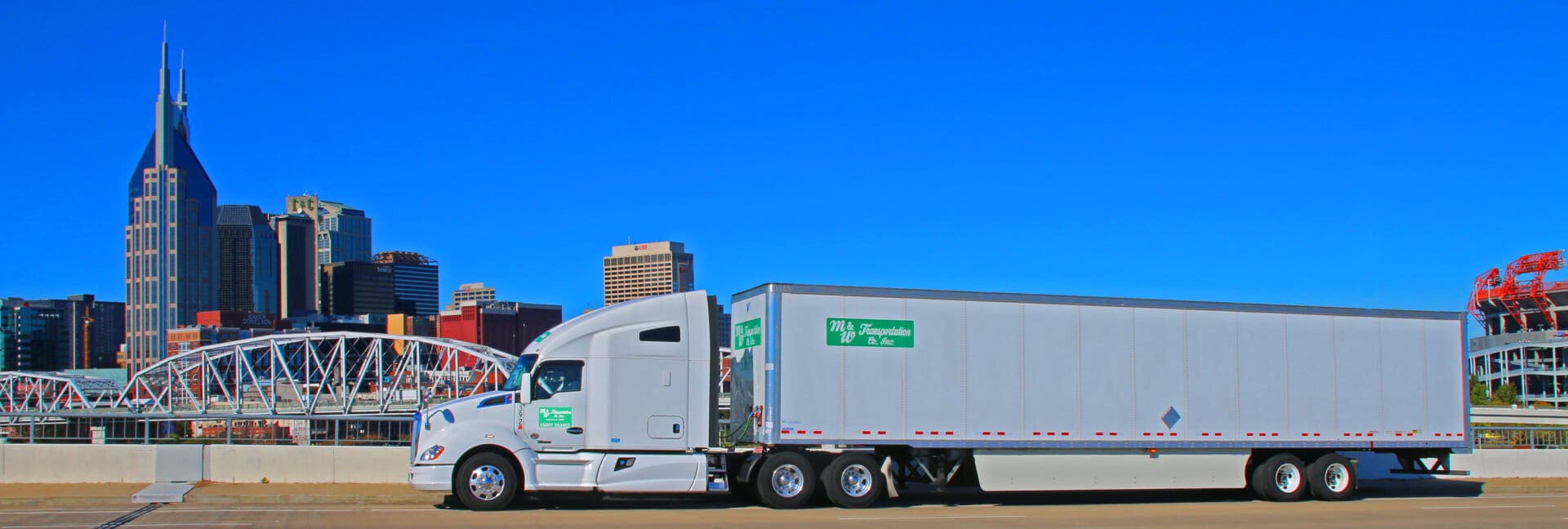Trucking Trends to look for in 2016 and Beyond
Despite industry conversations about taking freight off trucks (in an effort to reduce costs, maximize capacity, conserve fuel, and reduce carbon footprints) and shifting it to rail, intermodal and dedicated fleets, trucking remains the primary form of freight transportation in the United States. ATA American Trucking Trends recently reported that:
- In 2014, trucks moved 9.96 billion tons, or 68.8%, of all domestic freight.
- The $700.4 billion in revenue accounted for 80.3% of all freight transportation spending.
- Trucking employed more than 7 million people, including 3.4 million drivers.
- Combination trucks logged 168.4 billion miles in 2013, or an average of 69,000 per truck.
- Since Deregulation, the number of registered motor carriers has grown by 68 times to more than 1.3 million carriers.
- Commercial trucks paid $16.5 billion in federal highway user fees in 2013.
Trucking and truckload transportation is still going strong. Fundamentally, trucking hasn’t changed much over the years: the goal of the industry remains getting freight to its destination on time, safely and efficiently. However, for everything that remains the same, new trends and technologies emerge: and in 2016, there are certainly a few things in the trucking and freight transportation industry to keep an eye on:
Drivers Wanted
While this isn’t a new concern, the ongoing lack of drivers continues to top the list. With the economy slowly, but steadily, improving, one of the major considerations holding the industry back continues to be a shortage of drivers. Finding and retaining safe, qualified drivers (especially long-haul truckers) is a critical concern for fleets, the trucking industry, and consumers. “Truck drivers will be the limiting factor for the growth in trucking capacity. Freight volume is expected to increase at a moderate rate, but capacity is not going to keep pace,” noted Rosalyn Wilson, senior business analyst at Parsons while presenting the Council of Supply Chain Management Professionals’ State of Logistics report.
At Full Capacity
Today’s freight transportation industry is running strong and at full capacity. To reduce costs and maximize load efficiency, shipping companies are employing sophisticated shipping methodologies, cross-docking, minimizing one-way routes, condensing routes, and relying on expert 3PL services.
Uncertainty at the Pump
Although the price of crude oil is down, it still varies significantly from quarter to quarter. The uncertainty of these booms and the volatility of weather systems may drive the cost of crude oil (and Diesel fuel) up.
Befriending Technology
3PL, supply chain and logistics managers, and freight transportation companies can mitigate uncertainties within the workforce, economy, and at the pump by implementing technology-driven resources. Supply chain technologies can help managers consolidate routes, inventory management systems facilitate accurate tracking of merchandise, and sophisticated driver cameras can improve driver performance, safety, and fuel efficiency.
Partnering with 3PL Companies
Working with a company specializing in logistics helps keep costs down by increasing efficiency and making the most out of each load, every time. In addition to using the latest technology and working with logistics experts, a 3PL eliminates the cost and time commitment required to hire drivers and to maintain a safe trucking fleet; providing business owners with more time and resources to focus on what they do best.
Learn more about how M&W Logistics and streamline transportation and 3PL to improve productivity, deliver goods efficiently, and increase your bottom line.

